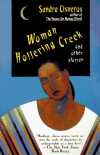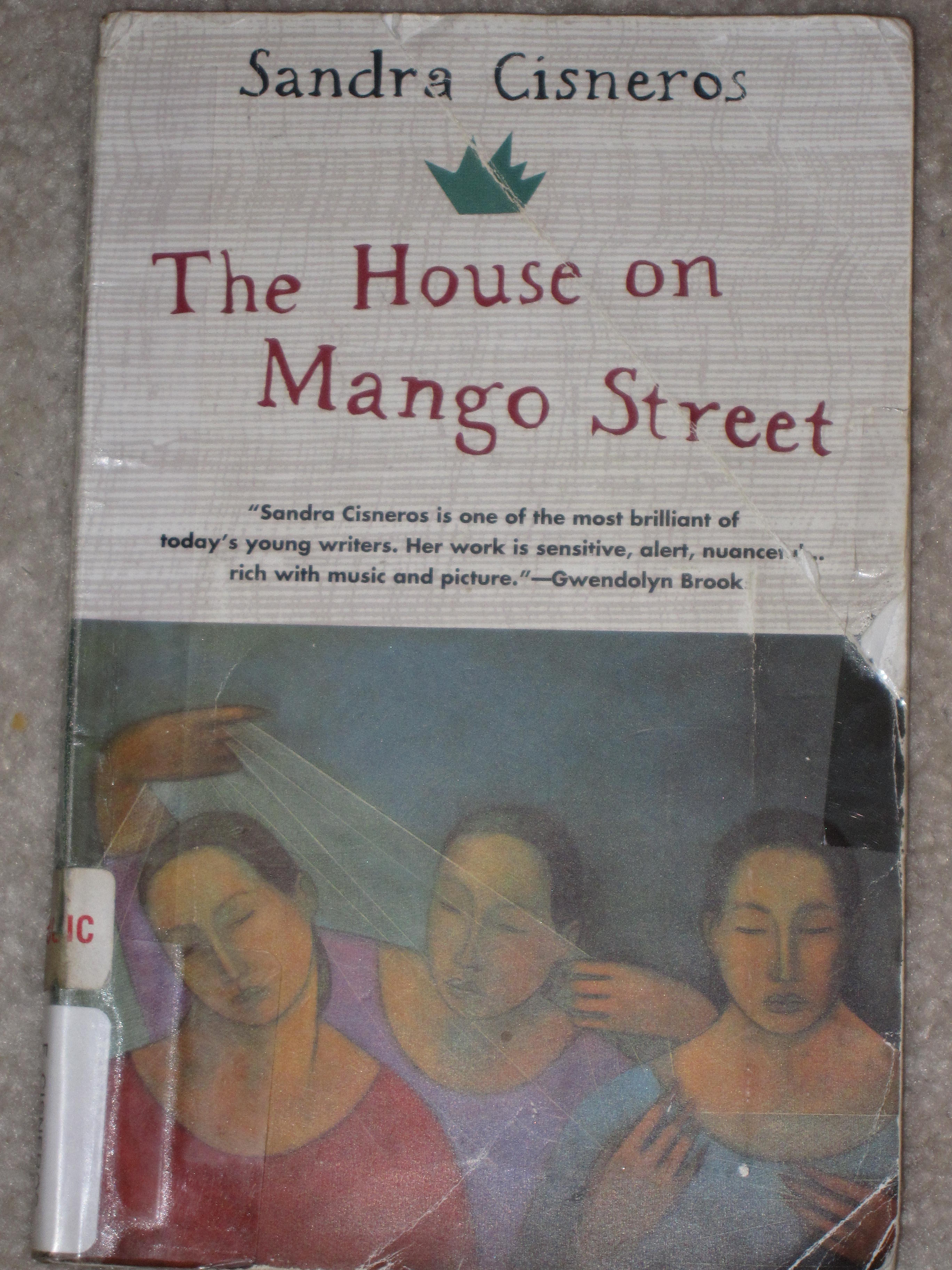

The themes in this book range from the struggles of growing up for people of color and being accustomed to your surroundings and becoming a part of your “neighborhood” making this, to me, a perfect teen book for both school and pleasure reading. Its language is simple enough that you can follow along without the physical novel. The House On Mango Street is a good book to be able to listen to wherever you go. This novel is a short read and uses simple wording to convey powerful feelings and emotions, all of which I felt as I read it for myself both the first and second times through. Rating details 158,163 ratings 13,704 reviews Acclaimed by critics, beloved by readers of all ages, taught everywhere from inner-city grade schools to universities across the country, and translated all over the world, The House on Mango Street is the remarkable story of Esperanza Cordero. Cisneros, herself a Chicana woman who grew up in Chicago, captures both entertaining and powerful moments in this novel to demonstrate the challenges of growing up in Esperanza’s shoes. She grows up in a neighborhood that meant nothing to her at first, but throughout the novel she learns the importance of family, heritage, and life in general through her childhood living on Mango Street and the surrounding areas.

The book begins when she's 12 and ends when she turns 14. Esperanza, the Chicana main character who is put into many situations to show us growth and learning, takes us on a journey through her life in 44 vignettes. Parents need to know that Sandra Cisneros' The House on Mango Street is a coming-of-age novel originally published in 1984 about a girl named Esperanza growing up in a lower income Latino neighborhood in Chicago. The House On Mango Street, a novel by Sandra Cisneros, is a very compact novel that describes what it’s like to be a young Chicana woman growing up in the Chicago in a time of poverty and crisis. Her work has already been the subject of numerous scholarly studies and is often at the forefront of works that explore the role of Latinas in American society.Review written by Jobe Jennings, teen volunteer. Though Cisneros is a young writer and her work is not plentiful, The House on Mango Street establishes her as a major figure in American literature. Specifically, it has been highly lauded for its impressionistic, poetic style and powerful imagery. This engaging book has brought the author critical acclaim and a 1985 Before Columbus American Book Award. She was influenced by Russian-born novelist and poet Vladimir Nabokov's memoirs and by her own experiences as a child in the Chicago barrio.

Cisneros wrote the vignettes while struggling with her identity as an author at the University of Iowa's Writers Workshop in the 1970s. Literary Style of The House On Mango Street The House on Mango Street by Sandra Cisneros is a coming-of-age story. Throughout the book Sandra Cisneros explores themes of cultural tradition, gender roles, and coming of age in a binary society that struggles to hang onto its collective past while integrating itself into the American cultural landscape. These concise and poetic tales also offer snapshots of the roles of women in this society They uncover the dual forces that pull Esperanza to stay rooted in her cultural traditions on the one hand, and those that compel her to pursue a better way of life outside the barrio on the other. Derek and Sandras new opera, based on Sandras novel The House on Mango Street, is a dramatic rendering of the coming-of-age story of Esperanza Cordero. The narrative is seen through the eyes of Esperanza Cordero, an adolescent girl coming of age. The House on Mango Street, which appeared in 1983, is a linked collection of forty-four short tales that evoke the circumstances and conditions of a Hispanic American ghetto in Chicago. The story of the novel comprises a year in the life of a young girl named Esperanza Cordero who belongs to the Chicana.


 0 kommentar(er)
0 kommentar(er)
